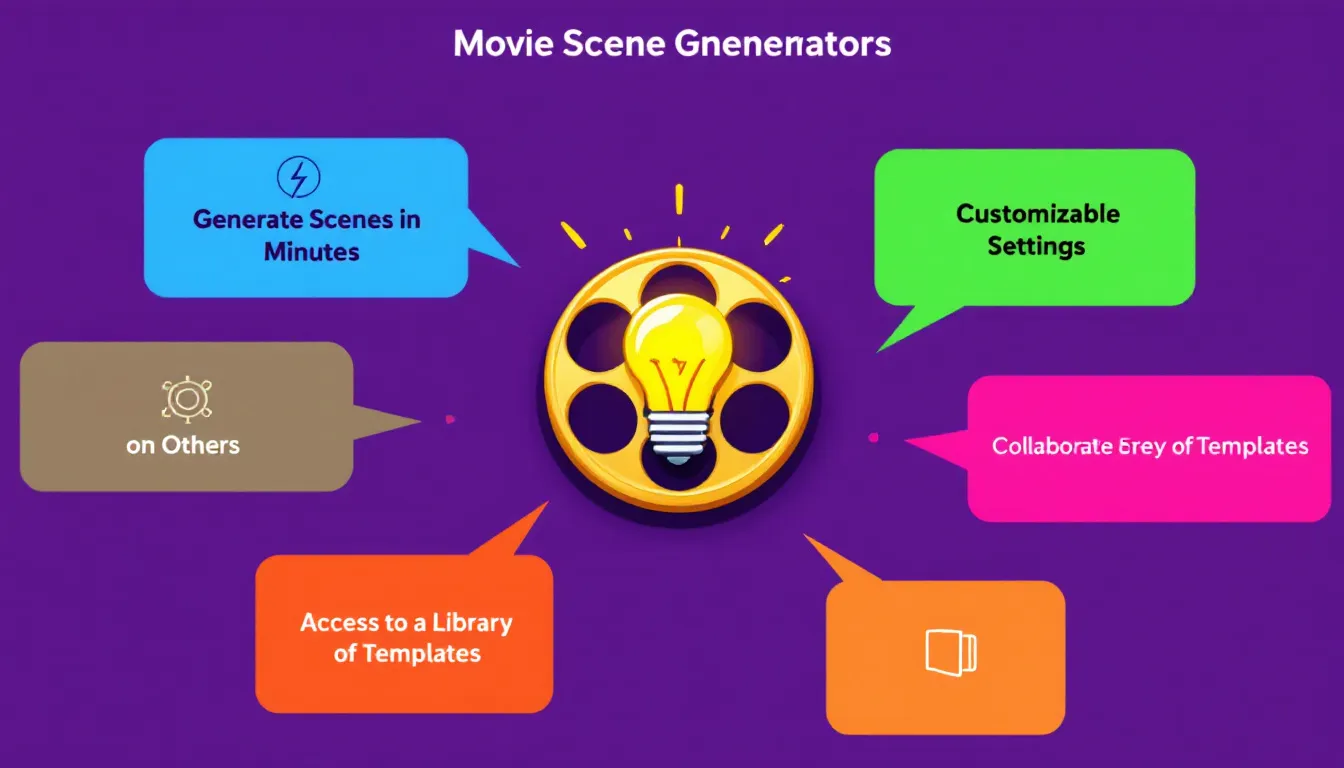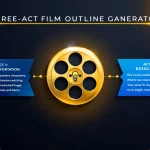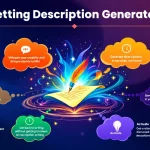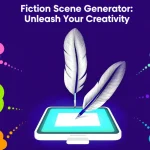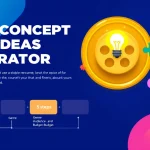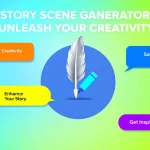Movie Scene Generator
Is this tool helpful?
How to Use the Movie Scene Generator Tool Effectively
This Movie Scene Generator helps you craft vivid and engaging movie scenes by guiding you through key elements. Follow these steps to maximize your results:
- Main Topic or Theme: Enter the central idea of your scene. Examples include:
- “A forbidden alliance between rival spies”
- “A heist gone wrong in futuristic Tokyo”
- Setting (Location and Time Period): Define where and when your scene unfolds. For example:
- “Venice, during Carnival 1720”
- “Mars colony, year 2122”
- Main Characters: Briefly describe the important figures in your scene. Examples:
- “Lena: former thief turned detective, Marcus: mysterious informant”
- “Captain Reyes: battle-hardened space pilot, Dr. Lin: skeptical scientist”
- Overall Mood or Tone: Specify the emotional atmosphere. Sample moods:
- “Melancholic and haunting”
- “Energetic and suspenseful”
- Key Action or Event (Optional): Describe a significant moment or twist. For instance:
- “The lights suddenly flicker, revealing a hidden message”
- “A double agent reveals their true loyalties”
After filling in these fields, click the Generate Movie Scene button. The tool will create a detailed scene description based on your inputs, ready for use as inspiration or a foundation for your screenplay.
Tips for Best Results
- Be specific in your descriptions to get more vivid scenes.
- Try different combinations of themes and moods to explore unique story angles.
- Use the optional key action to add dramatic tension or a turning point.
- Experiment with various settings to see how they influence the scene.
Introduction to the Movie Scene Generator Tool: Purpose and Benefits
The Movie Scene Generator Tool acts as your creative partner to help develop rich, detailed scenes for your film projects. By guiding you to input essential components—topic, setting, characters, mood, and key events—it builds a complete scene description that can jumpstart your storytelling or break through creative blocks.
Why This Tool Matters
Writers often face difficulty organizing ideas or finding inspiration for new scenes. This tool simplifies scene creation by breaking it down into manageable sections and prompting you for information that shapes a compelling cinematic moment.
Key Benefits
- Accelerates idea generation for screenplay scenes.
- Ensures all critical scene elements are considered for balanced storytelling.
- Encourages experimentation with genres, moods, and settings.
- Saves time by quickly producing multiple scene variations.
- Supports learning by helping new writers understand scene structure.
- Facilitates collaborative brainstorming for writing teams.
Practical Uses of the Movie Scene Generator Tool
This tool serves various creative and professional needs beyond just generating ideas. Here’s how you can apply it:
1. Screenwriting Education and Workshops
Instructors can use the tool to teach students how to build scenes by experimenting with different inputs for themes, characters, and moods. This hands-on approach helps students grasp how each element shapes a screenplay.
2. Film and TV Pre-Production Planning
Directors and producers can generate multiple scene concepts to preview different tones or settings during project planning. This simplifies decisions about location scouting or scene pacing.
3. Writers’ Room Brainstorming
Writing teams can quickly create and compare alternative scenes to explore plot options and character developments, facilitating dynamic discussions and creative problem-solving.
4. Acting and Improvisation Practice
Actors can use generated scenes as prompts to practice character immersion and improvisation, enhancing their adaptability and emotional range.
5. Creative Writing Prompts
Even outside screenplay writing, creative writers can use the generated scenes as starting points for short stories, novels, or collaborative narratives, encouraging diverse and innovative storytelling.
Important Disclaimer
The calculations, results, and content provided by our tools are not guaranteed to be accurate, complete, or reliable. Users are responsible for verifying and interpreting the results. Our content and tools may contain errors, biases, or inconsistencies. Do not enter personal data, sensitive information, or personally identifiable information in our web forms or tools. Such data entry violates our terms of service and may result in unauthorized disclosure to third parties. We reserve the right to save inputs and outputs from our tools for the purposes of error debugging, bias identification, and performance improvement. External companies providing AI models used in our tools may also save and process data in accordance with their own policies. By using our tools, you consent to this data collection and processing. We reserve the right to limit the usage of our tools based on current usability factors.
